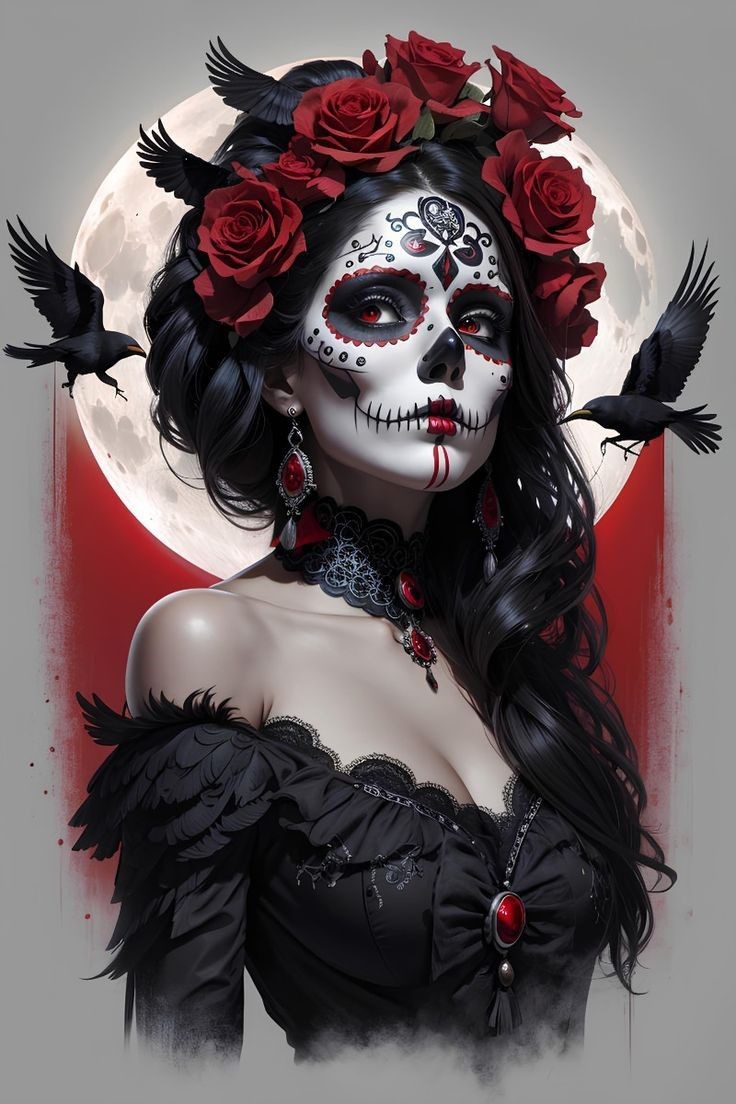
Clown makeup is a timeless and versatile art form, combining creativity, performance, and cultural significance. Whether in the circus, theater, or modern entertainment, the transformative power of clown makeup allows artists to create striking characters that entertain, elicit emotion, and, at times, provoke thought. This article explores the history, types, techniques, and cultural influence of clown makeup, while also providing tips for those interested in creating their own clown look.
The History of Clown Makeup: From Traditional to Modern 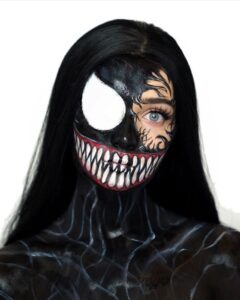
Clown makeup has a long history, deeply rooted in comedic performance and entertainment. The modern version of clown makeup can trace its origins back to the 19th century, during the golden age of circus performances. The first clown, Joseph Grimaldi, is often credited with pioneering the iconic white face, red nose, and exaggerated features that became standard for clown makeup.
Originally, clown makeup was a way for performers to exaggerate facial features, allowing the audience to see every nuance of their expressions even from afar. The makeup used was heavy, often composed of white face paint, black eyeliner, and bold colors to enhance the dramatic effect. This not only helped in distinguishing the clown from other performers but also helped to set the comedic tone of their acts.
Different Types of Clown Makeup: Classic vs. Modern Styles
Clown makeup has evolved over time, with various styles emerging to represent different types of clowns. The traditional “whiteface” clown makeup, for example, involves a base of stark white paint that covers the entire face, along with exaggerated features like large red lips and a painted-on smile. The “August” clown, on the other hand, typically uses a more muted palette with softer colors and a less defined, but still exaggerated, smile.
In contrast to these classic forms, modern clown makeup has become more diverse, with many performers experimenting with different looks and techniques. Some clowns use theatrical makeup to create horror-based or grotesque versions of the character, often blending clown elements with gothic or dark imagery. This shift can be seen in modern-day events like Halloween, where clown makeup often takes on a sinister and unsettling appearance.
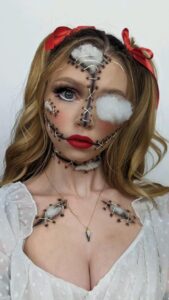
The Elements of Clown Makeup: Tools and Materials
Creating clown makeup involves more than just painting on a face. A well-executed clown look requires a variety of tools and materials. The basics of clown makeup typically include:
-
Face Paint: The most important element of clown makeup, face paint is available in various forms, including cream-based, water-activated, and powder-based. For a long-lasting and smooth finish, cream-based paints are commonly used.
-
Brushes and Sponges: Brushes are essential for applying detailed designs, while sponges are often used for base coverage. A well-blended base is critical to creating a flawless look.
-
Eyeliners and Pencils: Eyeliners are used to define the eyes and add details to the makeup, such as the exaggerated eyebrows or thick lines outlining the face. Colored pencils are used for accents like the red nose or mouth.
-
Glitter and Accessories: Some clowns choose to add a bit of sparkle or flair to their makeup with glitter or other embellishments, such as fake eyelashes, colored contact lenses, or even prosthetics.
-
Setting Powder: To prevent the makeup from smudging during performances, setting powder or spray is often used. This ensures that the clown makeup stays in place for hours.
Step-by-Step Guide to Creating Classic Clown Makeup 
For those interested in trying their hand at clown makeup, here’s a basic guide to creating a classic clown look:
-
Prep the Skin: Start by cleansing and moisturizing the face to create a smooth base for the makeup. Applying a primer will help the makeup last longer.
-
Apply the White Base: Using a sponge, apply a thick layer of white face paint all over the face, leaving out the eyes. Ensure even coverage for a clean look.
-
Create Exaggerated Features: Once the white base is dry, use black eyeliner to outline exaggerated eyebrows, eye shapes, and the mouth. You can choose to make the features as big or small as you want, depending on the style you’re going for.
-
Add Color: Using red, blue, or yellow paint, fill in the outlined areas. This can include a bold red nose, large red lips, or colorful patches around the eyes. The more vibrant the color, the more dramatic the look.
-
Highlight and Shade: Add highlights and shadows to create depth in the makeup. Use darker shades along the cheekbones and jawline to give the face more dimension.
-
Finishing Touches: Once the makeup is dry, set it with a translucent powder to keep it from smudging. You can also add glitter, fake eyelashes, or other accessories for extra flair.

The Psychological Impact of Clown Makeup
The use of clown makeup has a psychological component that is often underestimated. Clown makeup can evoke a wide range of emotions in audiences, from joy and laughter to discomfort and fear. The exaggerated features and bright colors are designed to attract attention and entertain, but when applied in a more sinister or disorienting manner, clown makeup can also create a sense of unease.
This paradox is what makes clowns so compelling. On one hand, they represent innocence and happiness, but on the other hand, they can become symbols of horror, especially when their makeup is applied in a distorted or unsettling way. This duality has been explored in numerous films, from the eerie portrayal of clowns in horror movies like It to more comical takes in family films.
Clown Makeup in Popular Culture
Clown makeup has had a significant impact on popular culture, appearing in a variety of forms and genres. From the comical circus clowns to the haunting representations of clowns in horror films, this unique form of makeup has sparked conversations and even controversy over the years.
In television and movies, clowns are often used as both comedic figures and symbols of fear. A perfect example of this is the transformation of the Joker in comic books and films, who uses clown makeup as part of his sinister identity. Similarly, clowns in the circus, such as the iconic Bozo or Ronald McDonald, have brought joy to children and adults alike, showcasing the lighter side of clown makeup.
Clown makeup also plays an important role in events like Mardi Gras or Halloween, where people create their own clown looks to add a personal touch to their costumes. Whether it’s for a fun celebration or an unsettling portrayal, clown makeup remains a versatile tool in pop culture.
Tips for Perfecting Your Clown Makeup
For those looking to master the art of clown makeup, here are a few tips:
-
Practice Makes Perfect: Like any art form, clown makeup requires practice. Don’t be discouraged if your first attempt isn’t perfect. Keep experimenting with different designs and techniques to refine your skills.
-
Use Quality Products: Invest in high-quality face paints and tools to ensure that your makeup lasts and looks professional. Cheap products may not give the same bold and smooth results.
-
Know Your Character: The type of clown makeup you choose will depend on the character you want to portray. If you’re aiming for a comedic clown, use bright and playful colors. For a more sinister look, focus on dark and exaggerated features.
-
Be Bold: Clown makeup is meant to be larger-than-life, so don’t shy away from making dramatic choices. Bold lines, bright colors, and exaggerated shapes are all part of what makes clown makeup so captivating.
The Future of Clown Makeup
As the world continues to evolve, so too does the art of clown makeup. New techniques, tools, and products are being developed all the time, allowing performers to push the boundaries of what clown makeup can do. The integration of digital technology into makeup, such as the use of LED lights or animated designs, has opened up new possibilities for the future.
Furthermore, clown makeup is being embraced in different cultures around the world, each adding its own flair to the tradition. Whether used in circus performances, street art, or as a form of self-expression, clown makeup will continue to captivate and inspire for generations to come.
In conclusion, clown makeup is much more than just a form of entertainment. It is an art form that spans centuries, cultures, and genres, evolving with the times while still maintaining its core principles of exaggeration, transformation, and expression. Whether you’re a performer, a fan, or someone simply curious about the art of clown makeup, there’s no denying its timeless appeal and its power to create memorable characters.
Conclusion: The Lasting Appeal of Clown Makeup 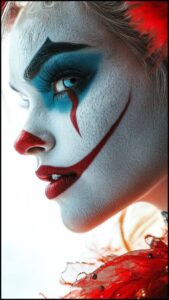
Clown makeup is a unique blend of creativity, performance, and cultural influence. From its historical roots in circus and theatrical performances to its modern interpretations in movies and Halloween costumes, clown makeup continues to be a beloved and fascinating art form. Whether you’re looking to create a classic clown look or experiment with darker, more unsettling designs, clown makeup provides endless opportunities for artistic expression. So, the next time you’re considering a clown-inspired transformation, remember that this form of makeup is more than just a simple disguise—it’s a timeless tradition that sparks joy, laughter, and sometimes even fear, leaving a lasting impression on everyone it touches.
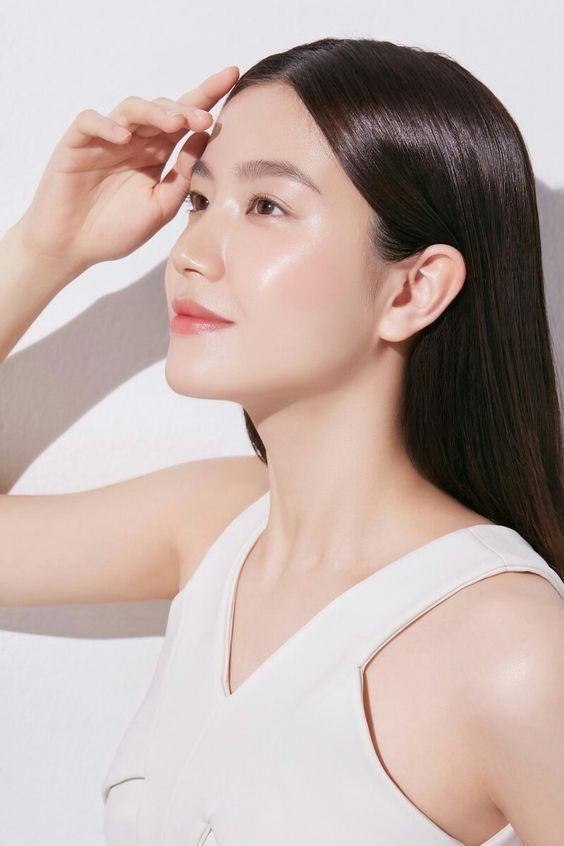
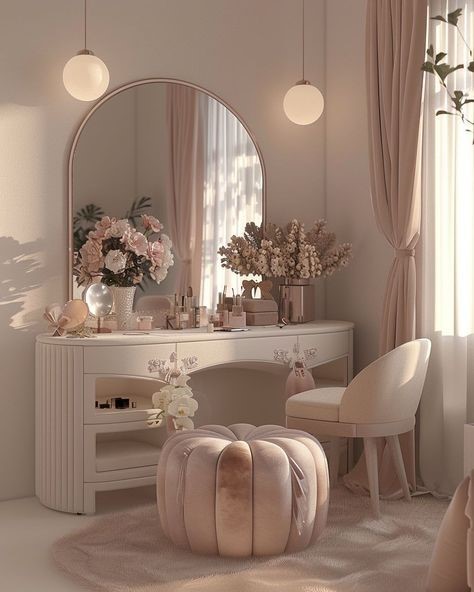
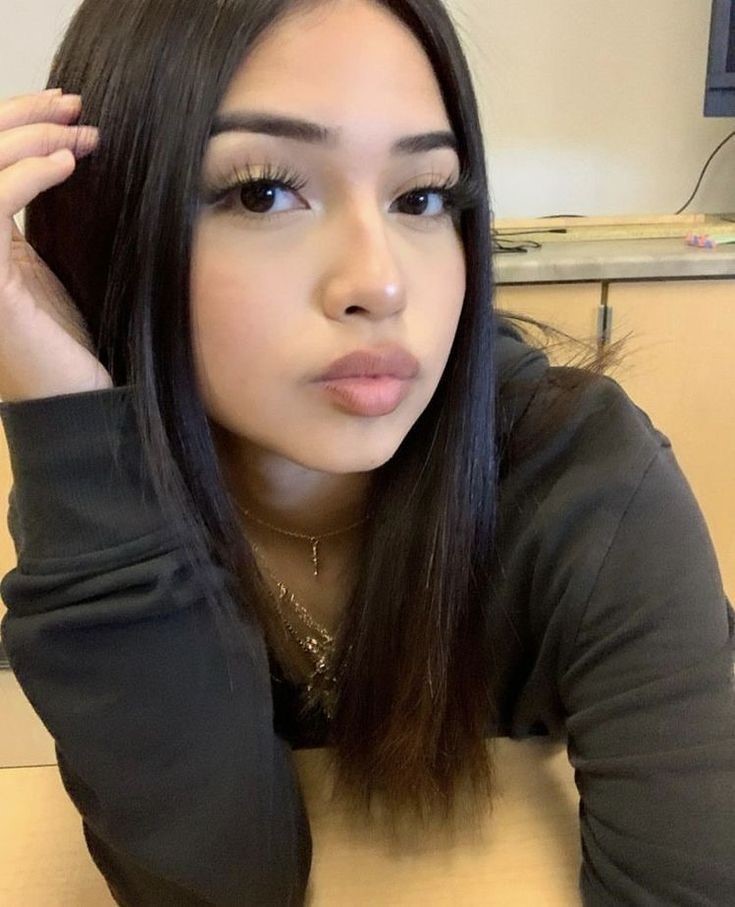

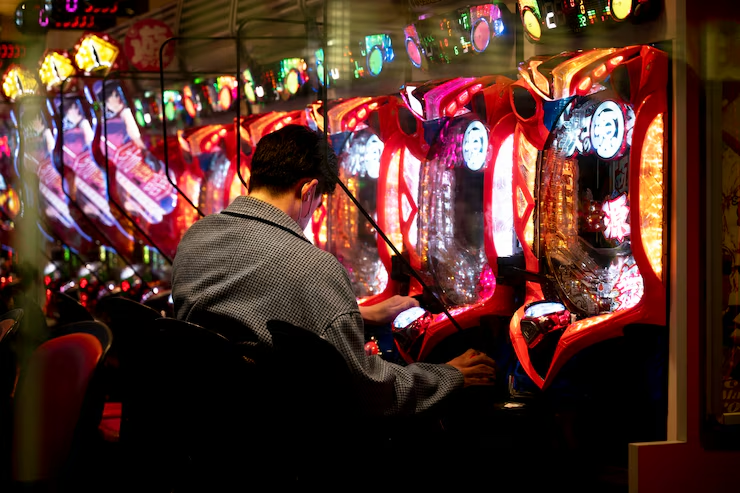


8os6a9
4owuwn
I like iit whern folks come together annd share opinions.
Geat website, stic wioth it!
9npz7d
rn4vio